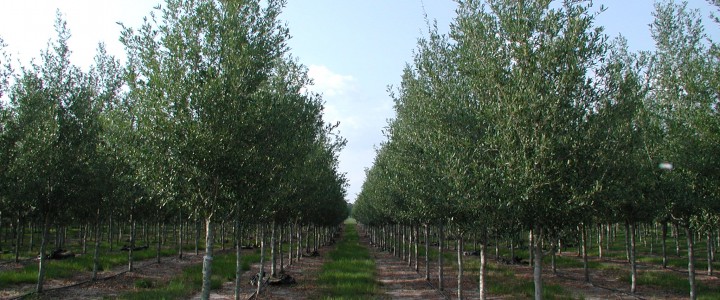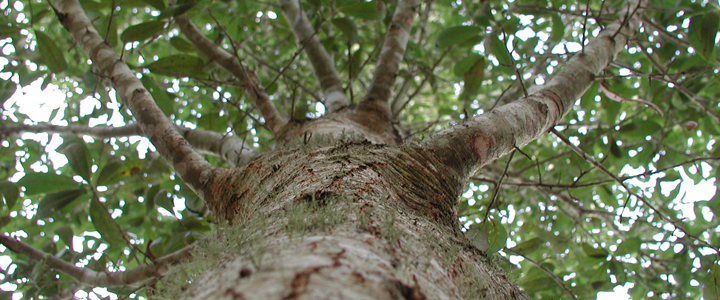Knowing what stage of growth a tree is in is imperative when working with the tree. The stage of growth in terms of time depends heavily on the tree species, for example a maple tree can be grown to twenty years while an oak of twenty years is still a minor. Therefore, the stage of growth should be evaluated by the actions of the tree and not chronological age.
Formative Stage
- Rapid root growth and stem
- Low volume of dead wood and dysfunctional tissue
- The vitality of high growth and lots of good general health
- Nearly 100% live tissue
Mature Stage
- Tree reaches full size
- The food produced by the leaves is stable
- Growth slows and higher growth extends outward more than upward
- Tips to grow more lateral than vertical
- Top of the natural loss of limbs
- Tissue Augmentation dysfunctional
- Present decaying wood caused by fungal growth or sunken places
- Fifty percent or less dynamic mass
Veteran Status
- Crown dieback
- Loss of limbs
- Damage and deterioration of the stems and roots
- Little or no growth
- Low-energy due to the decrease in leaf area and health
- Decrease in the main terminal to the eventual death
For trees with firm defense systems the veteran’s age may be the longest stage, while most fast-growing trees can range from veteran to dead in a matter of few years. The best way to ensure longer life for any tree is to keep it well watered, fertilized and pest-free and of course, originally planted in an environment that was meant to exist.
The shorter lifespan of a tree comes to the opposite of all these things. Life expectancy also shortens often exacerbated by poor care as a result of tree services providers who do not understand how to evaluate a tree for the care and make healthy tree pruning or crown.

